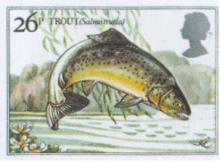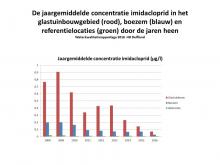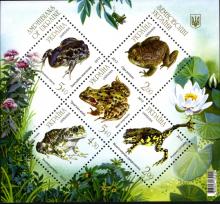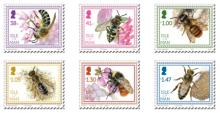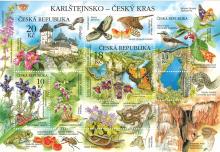River Irwell suffers serious pollution for the second time in three weeks
The River Irwell appears to have been polluted for a second time in three weeks. Countless fish and insects died following reports a pesticide which was poured down a drain and devastated a 25-mile stretch of the river from Rawtenstall into Manchester city centre earlier this month. Now a second incident has been reported on a section of the Irwell north of Bury. The incident has been reported to the Environment Agency. Mike Duddy, chief executive of the Mersey Basin Rivers Trust, said virtually no river life had survived the previous incident.

